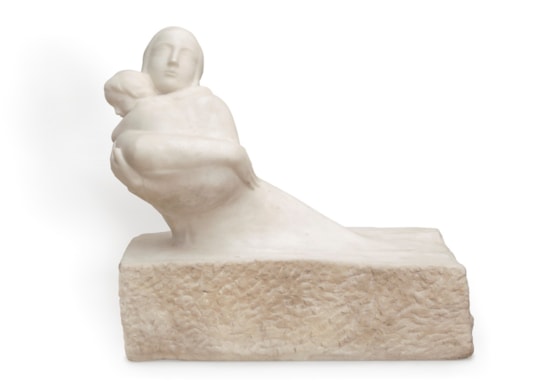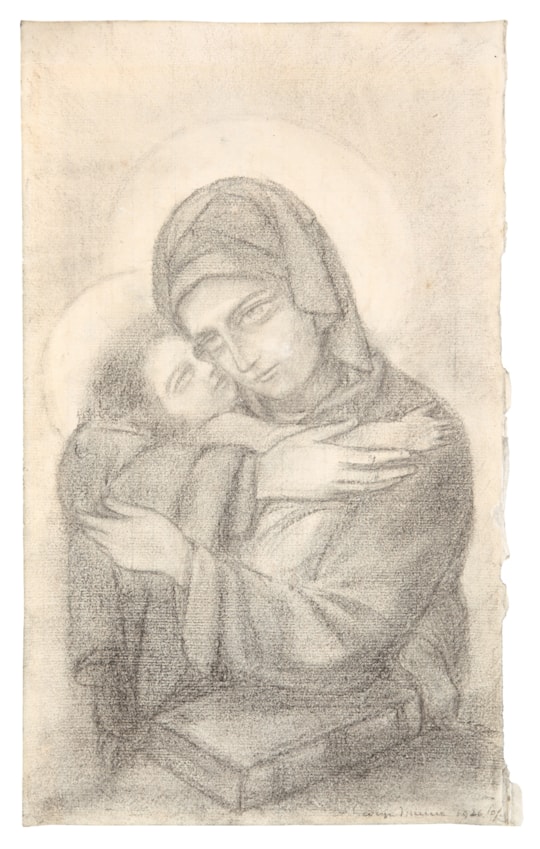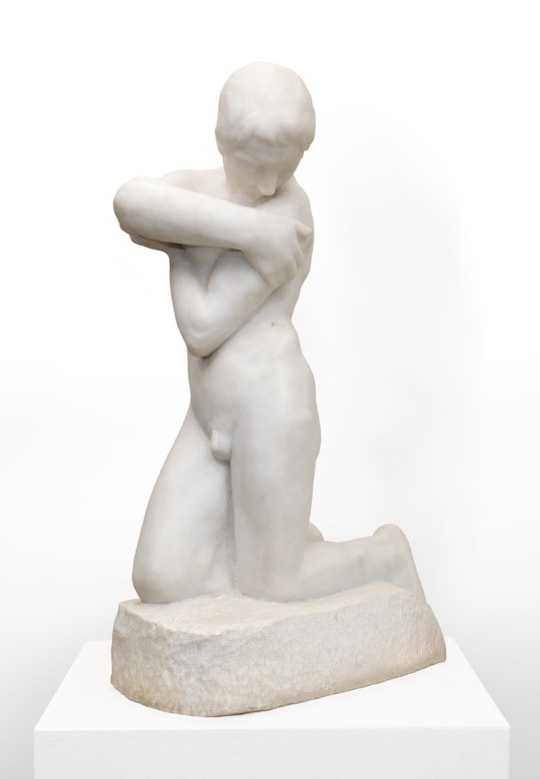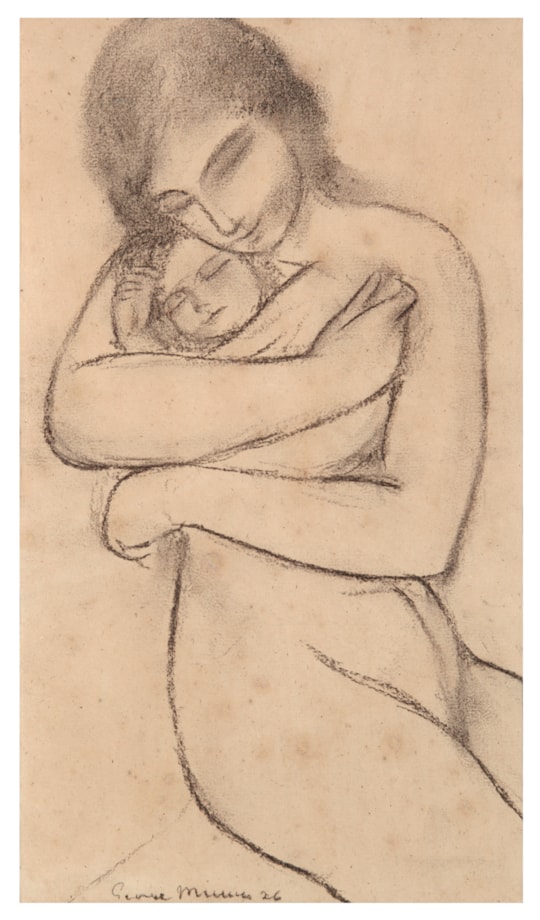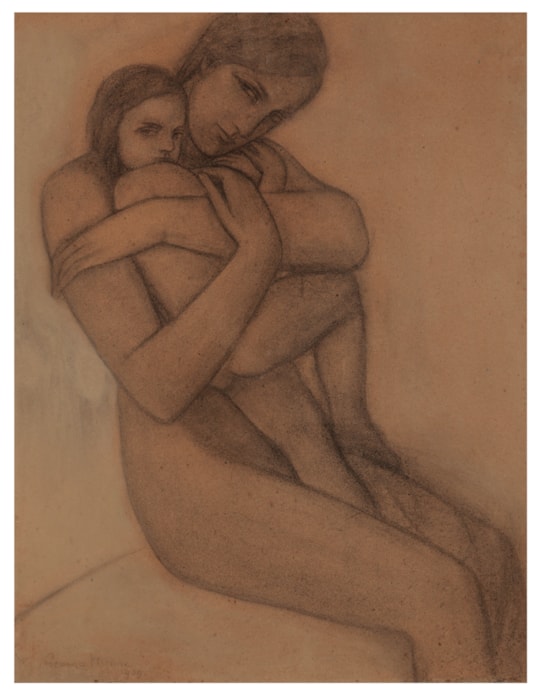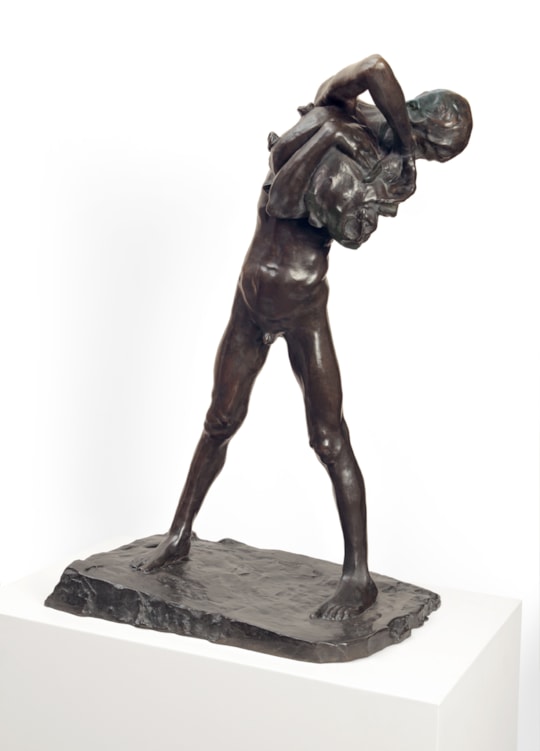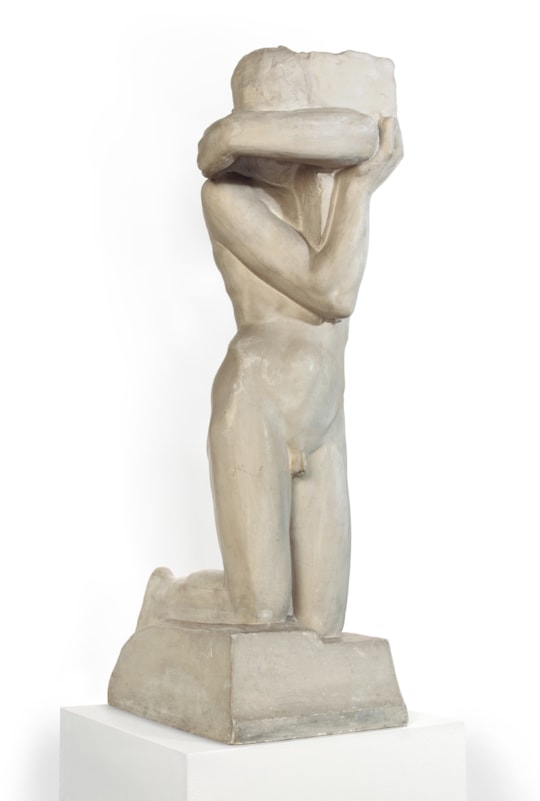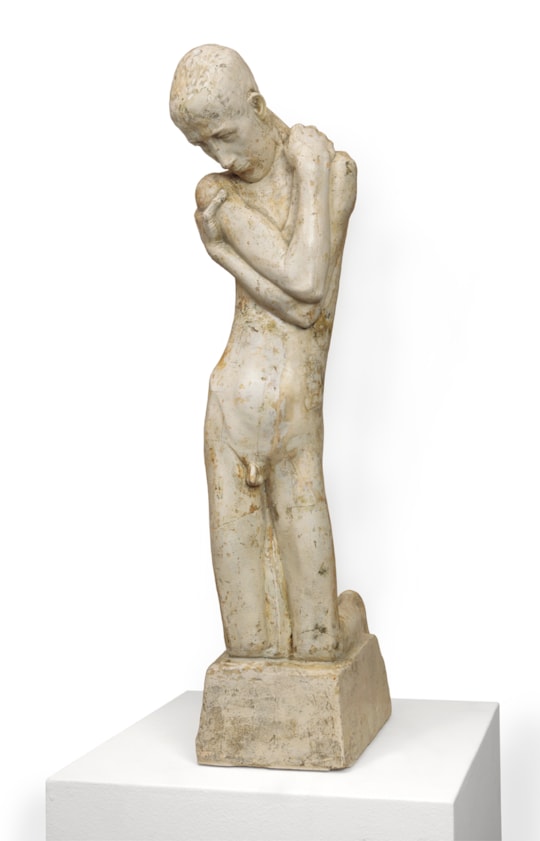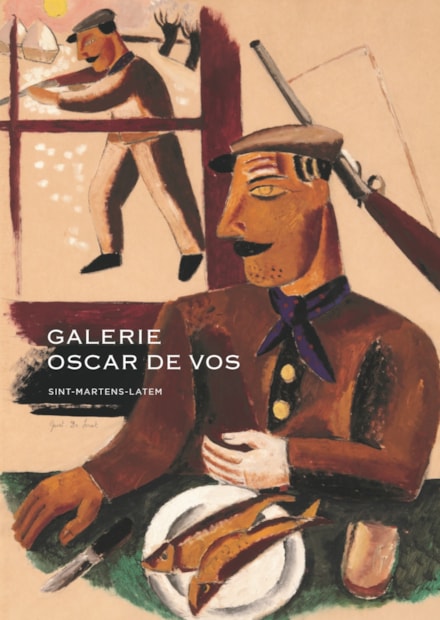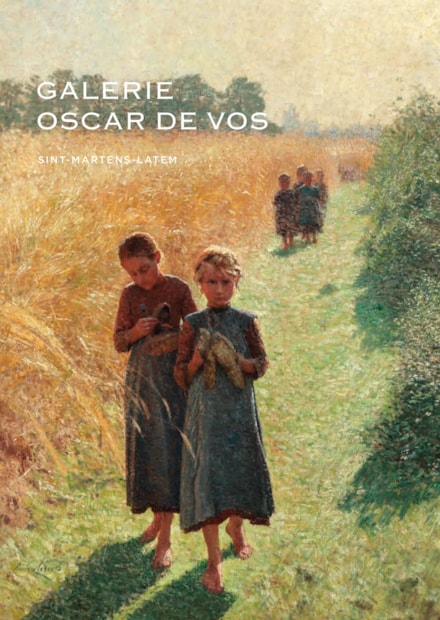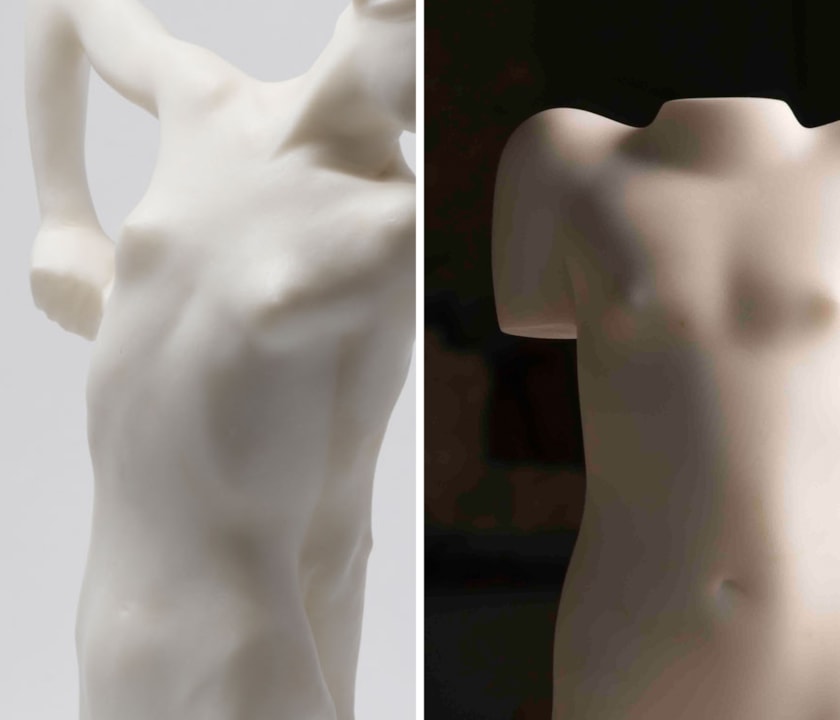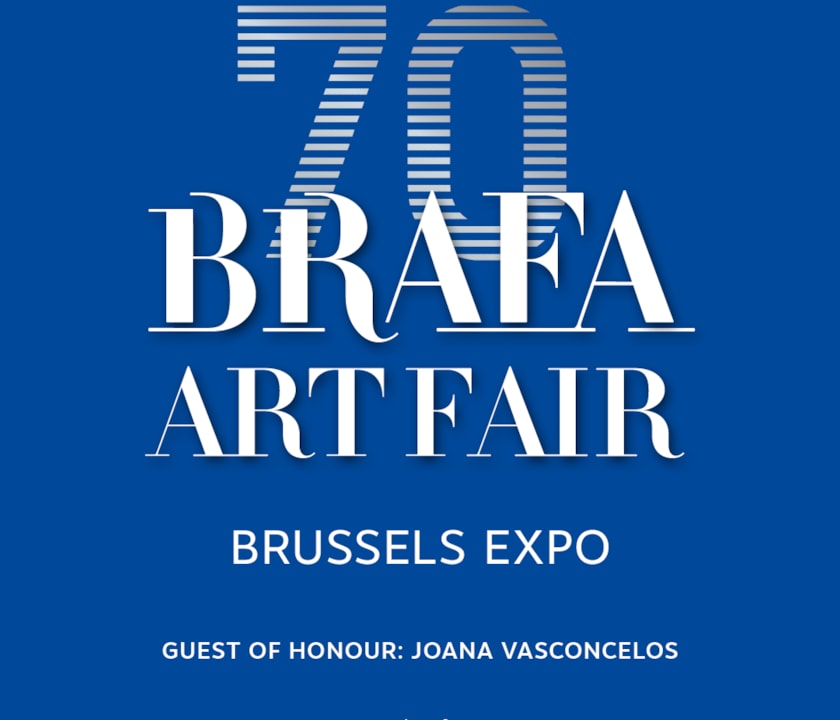George Minne
(1866 - 1941)
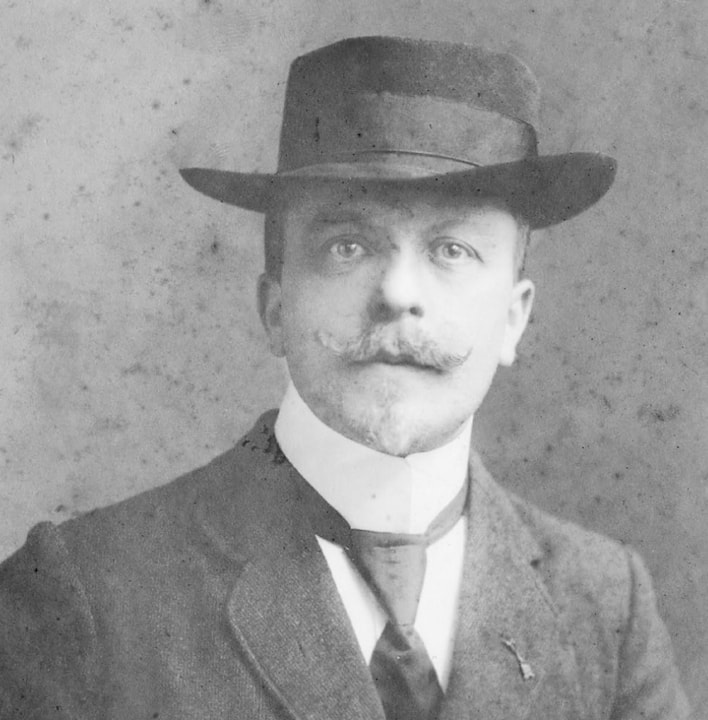
George Minne
(1866 - 1941)
Pendant ses études à l’Académie des Beaux-Arts de Gand, George Minne se lie d’amitié avec les auteurs symboliques Grégoire Le Roy et Maurice Maeterlinck. Ces jeunes symbolistes ont une influence particulière sur le jeune artiste, qui déjà se distancie de l’académisme.
Minne débute comme sculpteur au salon de Gand de 1889, une participation particulièrement contestée par la presse et le public. Son langage formel progressiste n’est entendu qu’aux expositions du cercle d’avant-garde de Bruxelles “Les XX”. De 1890 à 1893, il répond présent à ces expositions. Minne devient familier du milieu artistique bruxellois, où il se lie d’amitié avec Émile Verhaeren. Très tôt dans sa carrière, il est également remarqué par les symbolistes français. En 1892, Sâr Péladan invite l’artiste à son célèbre Salon de la Rose-Croix.
À Gand, il essaye de faire front contre la majorité conservatrice. Membre de l’association ‘Wij willen’, il s’oppose à la ligne conservatrice suivie par le Cercle Artistique et Littéraire local. Sa ville natale ne lui est en effet pas spécialement favorable. En 1895, son envoi est même refusé au Salon de Gand. Le désespoir le ramène à Bruxelles où il s’inscrit en 1895 à la classe de sculpture de l’Académie Royale des Beaux-Arts. Le professeur Charles Van der Stappen soutient son pupille et lui procure un atelier. Par l’intermédiaire de Verhaeren, il fait également la connaissance de Henry van de Velde, alors l’un des protagonistes de l’Art Nouveau belge. Et les contacts internationaux de van de Velde conduisent Minne auprès de l’influent critique et collectionneur allemand Julius Meier-Graefe. Celui-ci apporte une notoriété internationale au modernisme de Minne. Au changement de siècle, Minne expose dans les milieux d’avant-garde d’Allemagne et d’Autriche. Il fait l’admiration de la Sécession viennoise; Ver Sacrum, le périodique de l’association consacre même un numéro entier à son travail. En France aussi, il jouit d’une large notoriété et expose, entre autres, à la Galerie Durand-Ruel et à la Galerie l’Art Nouveau de Siegfried Bing.
À l’été 1899, Minne s’installe à Laethem-Saint-Martin, probablement à l’instigation de son ami Valerius De Saedeleer qu’il a connu pendant ses années à l’Académie de Gand. Avec Karel van de Woestyne, il devient le guide intellectuel de la première École de Laethem. De ce groupe d’artistes symbolistes, Minne est le seul qui soit resté fidèle à ce village toute sa vie durant, après la période de la guerre.
Minne vit les années de guerre au Pays de Galles comme une oppression. La constante incertitude sur le sort de leurs fils au front paralyse Minne et sa femme. Il prend pourtant part à de nombreuses reprises à des expositions de groupe organisées par le gouvernement belge partout en Angleterre. Comme ses amis De Saedeleer et Van de Woestyne, il peut compter sur le soutien de la famille De Graaff-Bachiene, un couple de Hollandais résidant à Londres et collectionneurs d’œuvres des artistes belges en exil.
Dans l’entre-deux-guerres, le sculpteur jouit d’une grande renommée sur la scène artistique belge et internationale. De très nombreuses expositions sont consacrées à son œuvre. Et en 1931, il est anobli.
Minne débute comme sculpteur au salon de Gand de 1889, une participation particulièrement contestée par la presse et le public. Son langage formel progressiste n’est entendu qu’aux expositions du cercle d’avant-garde de Bruxelles “Les XX”. De 1890 à 1893, il répond présent à ces expositions. Minne devient familier du milieu artistique bruxellois, où il se lie d’amitié avec Émile Verhaeren. Très tôt dans sa carrière, il est également remarqué par les symbolistes français. En 1892, Sâr Péladan invite l’artiste à son célèbre Salon de la Rose-Croix.
À Gand, il essaye de faire front contre la majorité conservatrice. Membre de l’association ‘Wij willen’, il s’oppose à la ligne conservatrice suivie par le Cercle Artistique et Littéraire local. Sa ville natale ne lui est en effet pas spécialement favorable. En 1895, son envoi est même refusé au Salon de Gand. Le désespoir le ramène à Bruxelles où il s’inscrit en 1895 à la classe de sculpture de l’Académie Royale des Beaux-Arts. Le professeur Charles Van der Stappen soutient son pupille et lui procure un atelier. Par l’intermédiaire de Verhaeren, il fait également la connaissance de Henry van de Velde, alors l’un des protagonistes de l’Art Nouveau belge. Et les contacts internationaux de van de Velde conduisent Minne auprès de l’influent critique et collectionneur allemand Julius Meier-Graefe. Celui-ci apporte une notoriété internationale au modernisme de Minne. Au changement de siècle, Minne expose dans les milieux d’avant-garde d’Allemagne et d’Autriche. Il fait l’admiration de la Sécession viennoise; Ver Sacrum, le périodique de l’association consacre même un numéro entier à son travail. En France aussi, il jouit d’une large notoriété et expose, entre autres, à la Galerie Durand-Ruel et à la Galerie l’Art Nouveau de Siegfried Bing.
À l’été 1899, Minne s’installe à Laethem-Saint-Martin, probablement à l’instigation de son ami Valerius De Saedeleer qu’il a connu pendant ses années à l’Académie de Gand. Avec Karel van de Woestyne, il devient le guide intellectuel de la première École de Laethem. De ce groupe d’artistes symbolistes, Minne est le seul qui soit resté fidèle à ce village toute sa vie durant, après la période de la guerre.
Minne vit les années de guerre au Pays de Galles comme une oppression. La constante incertitude sur le sort de leurs fils au front paralyse Minne et sa femme. Il prend pourtant part à de nombreuses reprises à des expositions de groupe organisées par le gouvernement belge partout en Angleterre. Comme ses amis De Saedeleer et Van de Woestyne, il peut compter sur le soutien de la famille De Graaff-Bachiene, un couple de Hollandais résidant à Londres et collectionneurs d’œuvres des artistes belges en exil.
Dans l’entre-deux-guerres, le sculpteur jouit d’une grande renommée sur la scène artistique belge et internationale. De très nombreuses expositions sont consacrées à son œuvre. Et en 1931, il est anobli.
oeuvres
publications

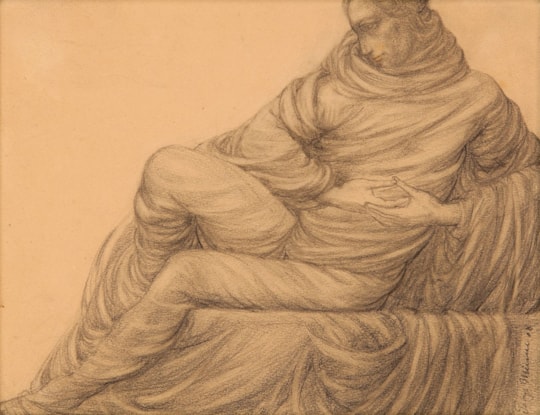
 - 1912.jpg?width=540&height=1000&quality=90&format=jpeg&mode=max)
 (18 op 24 cm).jpg?width=540&height=1000&quality=90&format=jpeg&mode=max)
.tif?width=540&height=1000&quality=90&format=jpeg&mode=max)


